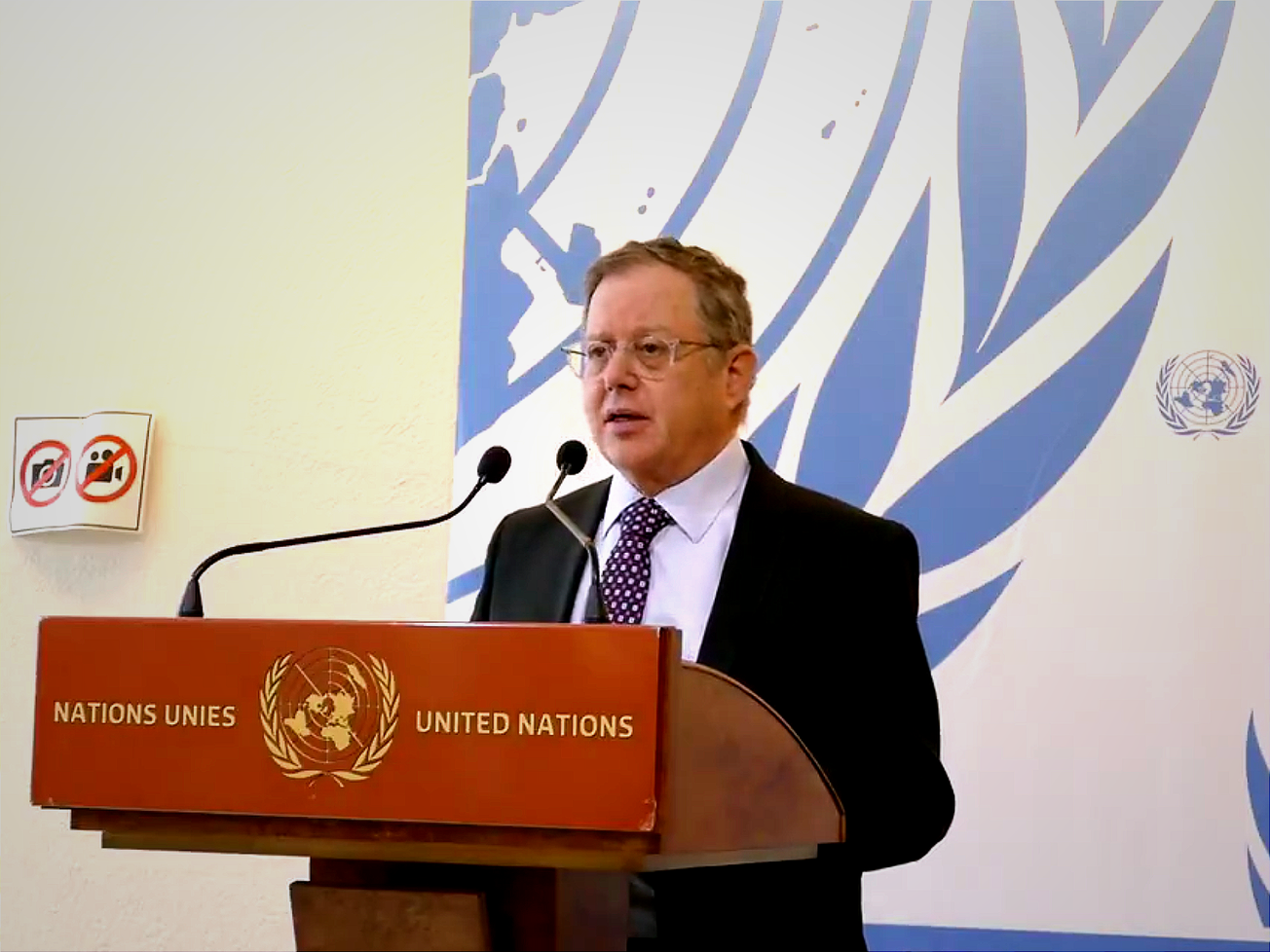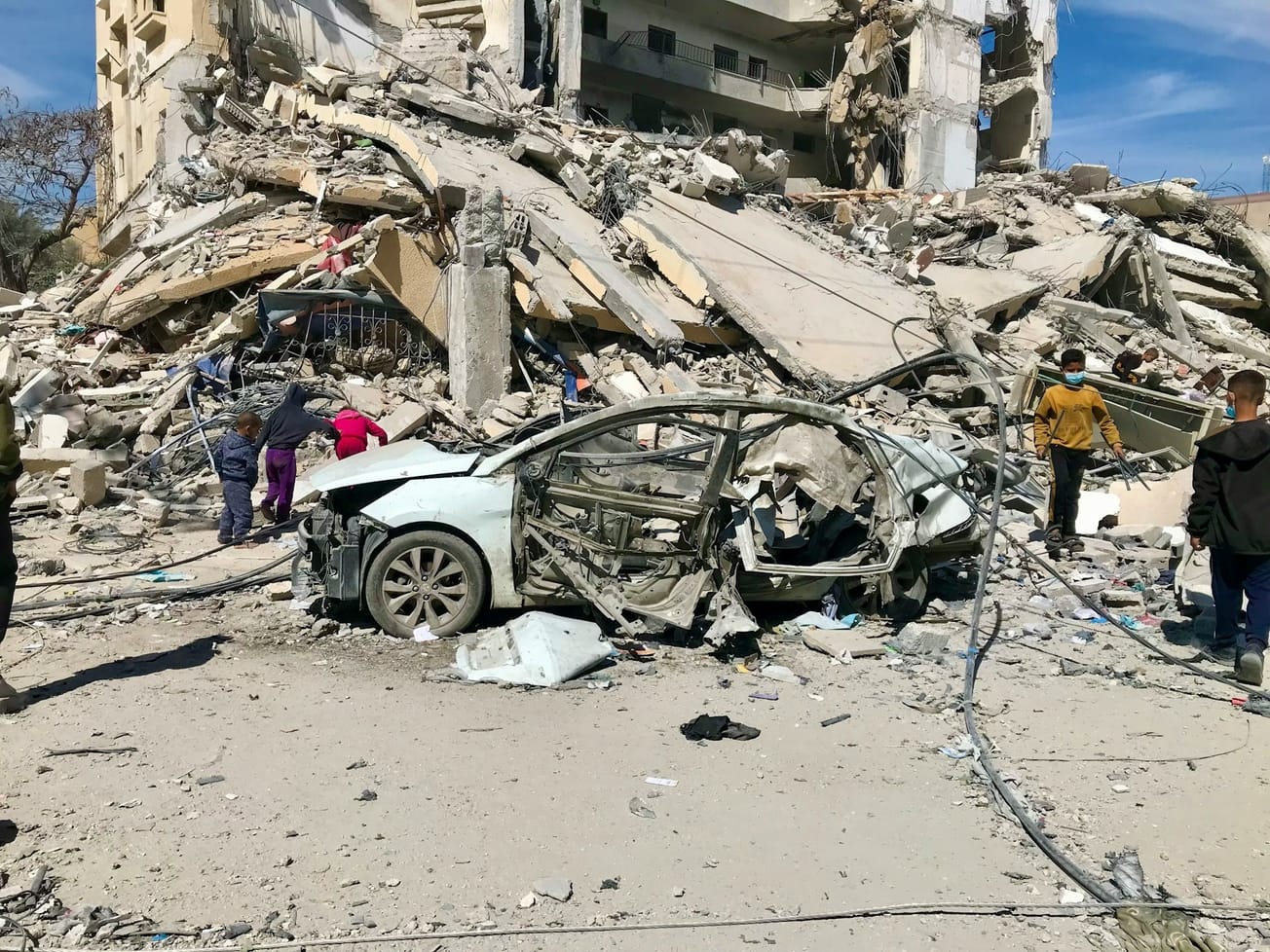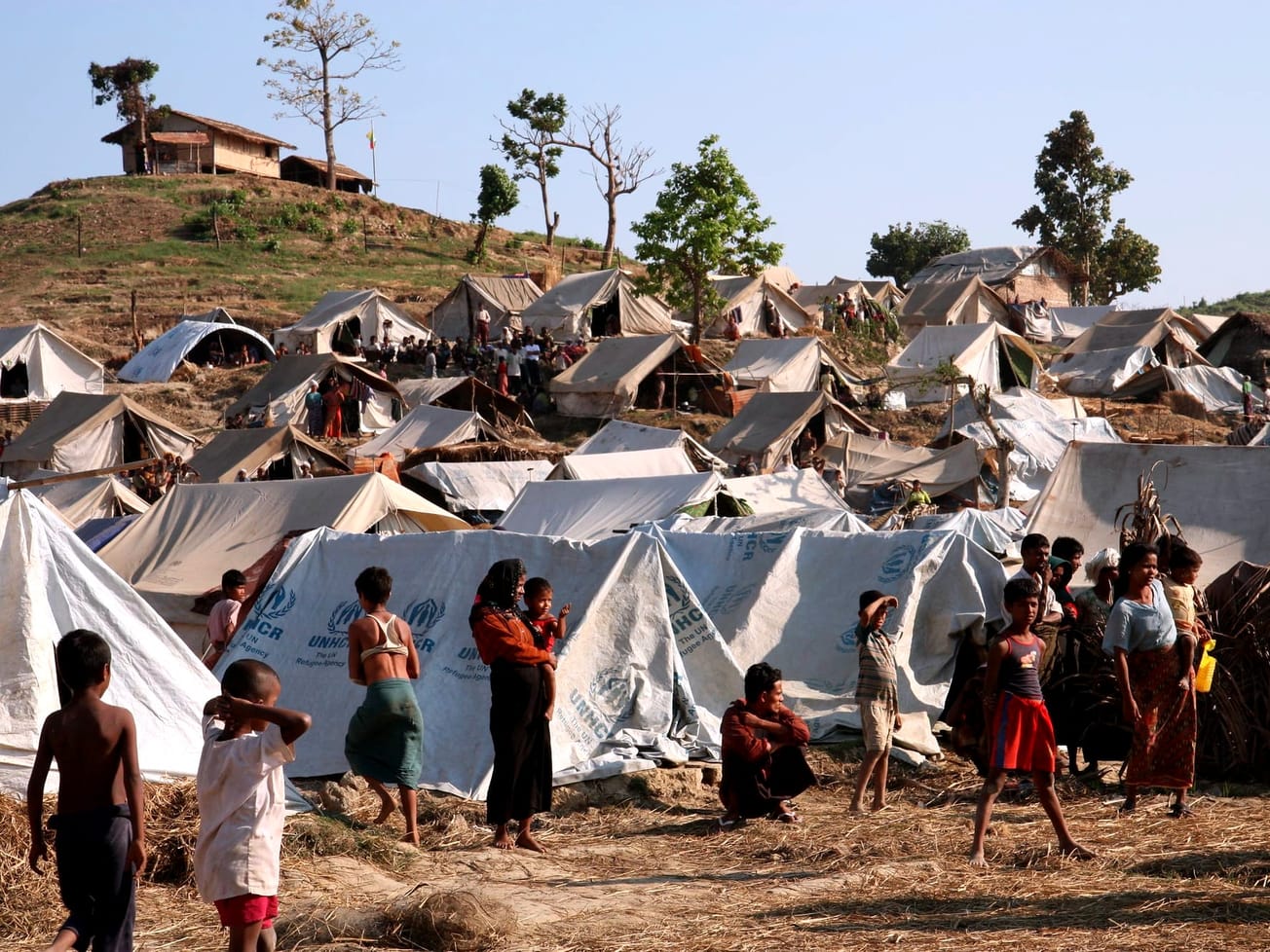GENEVA (AN) — At least 306,887 civilians were killed during the first decade of Syria's conflict "as a direct result of war operations" and countless more died from hunger and other suffering brought on by the war's destruction, the U.N. human rights office estimated.
Between the start of the conflict in March 2011 and March 2021 "a staggering 1.5% of the total population" at the start of the war has died, the Office of the U.N. High Commissioner for Human Rights, or OHCHR, reported on Tuesday, raising serious concerns that both government troops and insurgents ignored international humanitarian laws. Syria had a prewar population of 22 million.
“The conflict-related casualty figures in this report are not simply a set of abstract numbers, but represent individual human beings," said U.N. human rights chief Michelle Bachelet, who heads OHCHR.
“And let me be clear: these are the people killed as a direct result of war operations," she said. "This does not include the many, many more civilians who died due to the loss of access to health care, to food, to clean water and other essential human rights, which remain to be assessed."
After the Arab Spring protests, Syria's conflict began with anti-government demonstrations. It quickly led to civil war, with a brutality that has made it difficult to keep an accurate death toll or put in place any other measures to ensure accountability, a basic requirement of peace.
🇸🇾#Syria: Our new report estimates 306,887 civilians were killed over 10 years in the conflict.
— UN Human Rights (@UNHumanRights) June 28, 2022
"These are not abstract numbers, but represent human beings. The killings had profound impacts on families & communities”– UN Human Rights Chief @mbachelet.
👉https://t.co/Pk5jhliCj0 pic.twitter.com/a9KKQMgMG2
Ensuring 'those killed are not forgotten'
The exact number of civilians and combatants killed is unknown, but the U.K.-based Syrian Observatory for Human Rights' last estimate in mid-2021 put it at more than 606,000.
That accounts for deaths since the March 2011 peaceful uprising against President Bashar Assad's government spiraled into a cyclone of death and destruction and one of the world's most complex humanitarian crises.
Earlier death toll estimates by OHCHR in 2013 and 2014 were discontinued due to the complexities and dangers, but efforts resumed in 2019 in connection with the goal of significantly reducing conflict-related deaths and other forms of violence everywhere as part of the U.N. Sustainable Development Goals for 2030.
OHCHR said it relied on its own records, government figures, and data from the Syrian Observatory for Human Rights along with five other sources for its estimates: the Damascus Center for Human Rights Studies; Syrian Center for Statistics and Research; Syrian Network for Human Rights; Violations Documentation Center; and Syria Shuhada records.
“The work done by casualty recorders in documenting individually verifiable information on each casualty is critical," the report said. "The process is victim-centered, placing individuals, their families and communities at the center by ensuring that those killed are not forgotten, and that information is available for accountability-related processes and to access a range of human rights."









